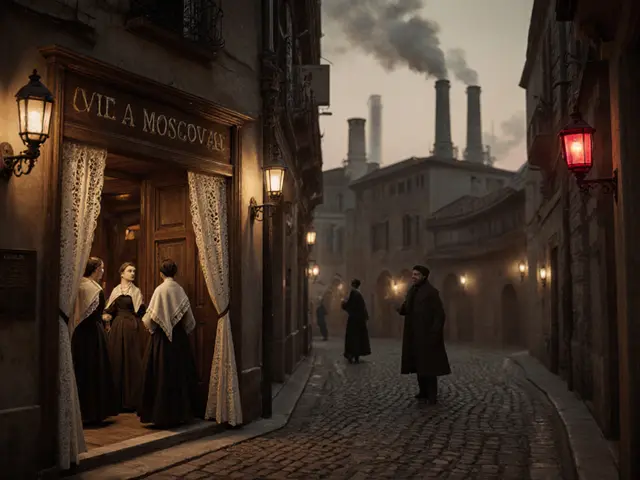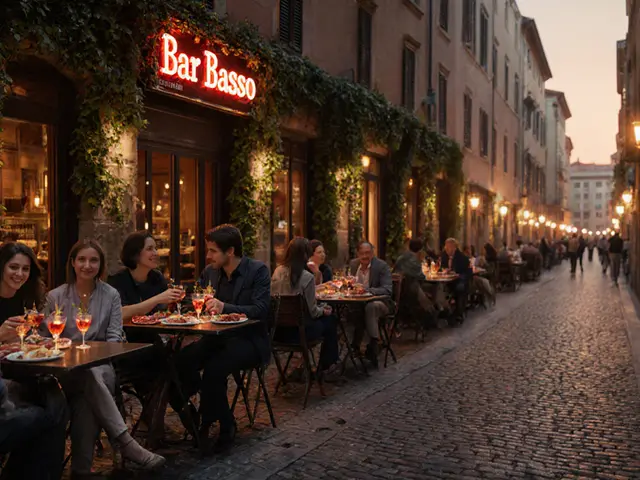Milan Escort History: From Old Brothels to Modern Luxury
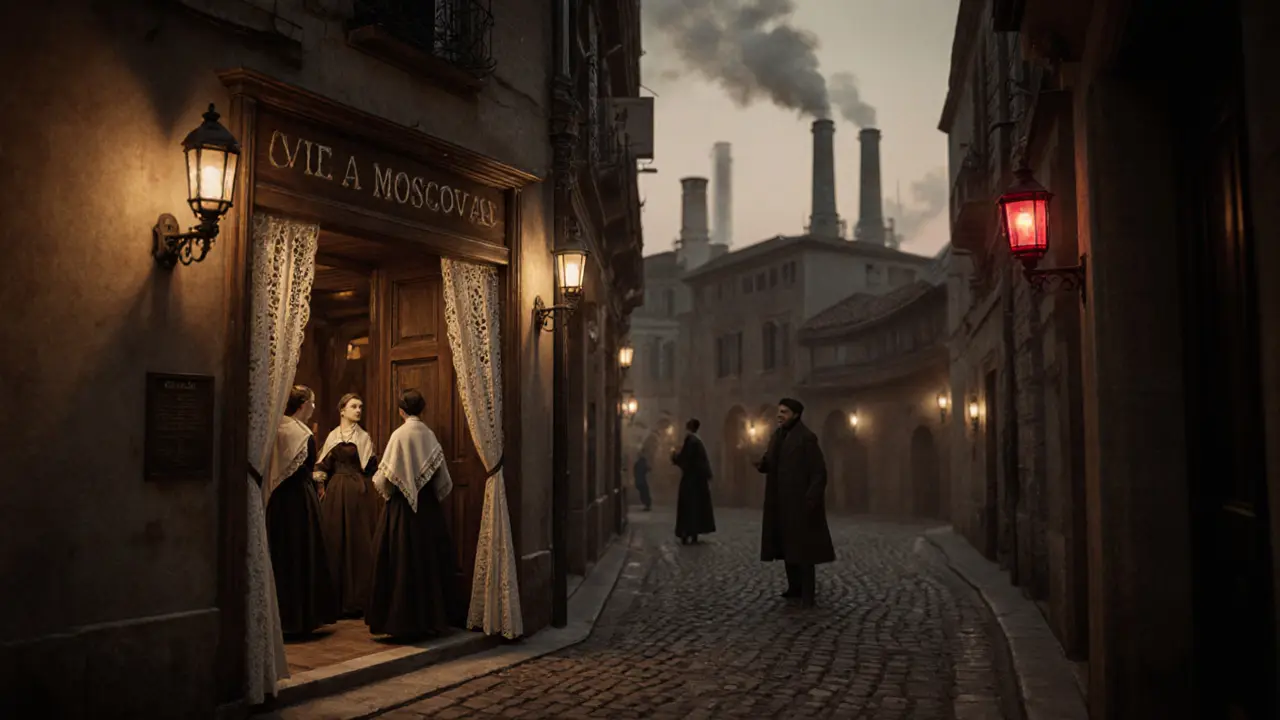
When you hear "Milan," you probably picture fashion shows, designer boutiques, and buzzing aperitivo bars. Hidden behind that glossy surface is a long, tangled tale of Milan escort history-a story that moves from clandestine brothels in the 1800s to the high‑end, agency‑driven scene of today.
Key Takeaways
- The escort industry in Milan evolved alongside the city’s economic booms and legal reforms.
- Italian prostitution law of 1990 reshaped how escorts operate, pushing many services into discreet, luxury‑oriented models.
- World WarII and post‑war reconstruction created a surge in foreign visitors, accelerating demand for upscale companionship.
- Modern escorts blend traditional discretion with digital platforms, catering to both business travelers and high‑net‑worth locals.
- Understanding the history helps navigate today’s Milan nightlife safely and responsibly.
Escorting in Milan is a service industry that provides companionship, entertainment, and sometimes intimate experiences for clients seeking discreet, high‑quality encounters in the city of Milan. It has roots that stretch back centuries, intertwining with the city’s cultural, legal, and economic shifts.
Early Roots: 19th‑Century Brothels and Red‑Light Zones
The first documented venues for paid companionship appeared in Milan’s Red‑light district of the late 1800s, centered around Via Moscova and the surrounding alleys. These narrow streets housed modest brothels that catered primarily to local artisans and traveling merchants.
At the time, Milan was booming as an industrial hub. The influx of workers created a demand for “social clubs” where women, often from poorer provinces, could earn a living. Records from the municipal archives show that by 1885, there were approximately 120 licensed establishments in the city.
Legal Shifts: From Regulation to Criminalisation
Italy’s approach to prostitution has swung between regulation and prohibition. In 1930, the Fascist regime introduced Italian Prostitution Law 75/1990, which criminalised the exploitation of sex work but allowed adults to offer services voluntarily. This law remains the backbone of today’s legal framework.
During the 1970s, liberal attitudes sparked the rise of private “escort agencies.” These firms advertised in discreet magazines and later on the early internet, offering a veneer of legitimacy while still operating under the shadow of the law.
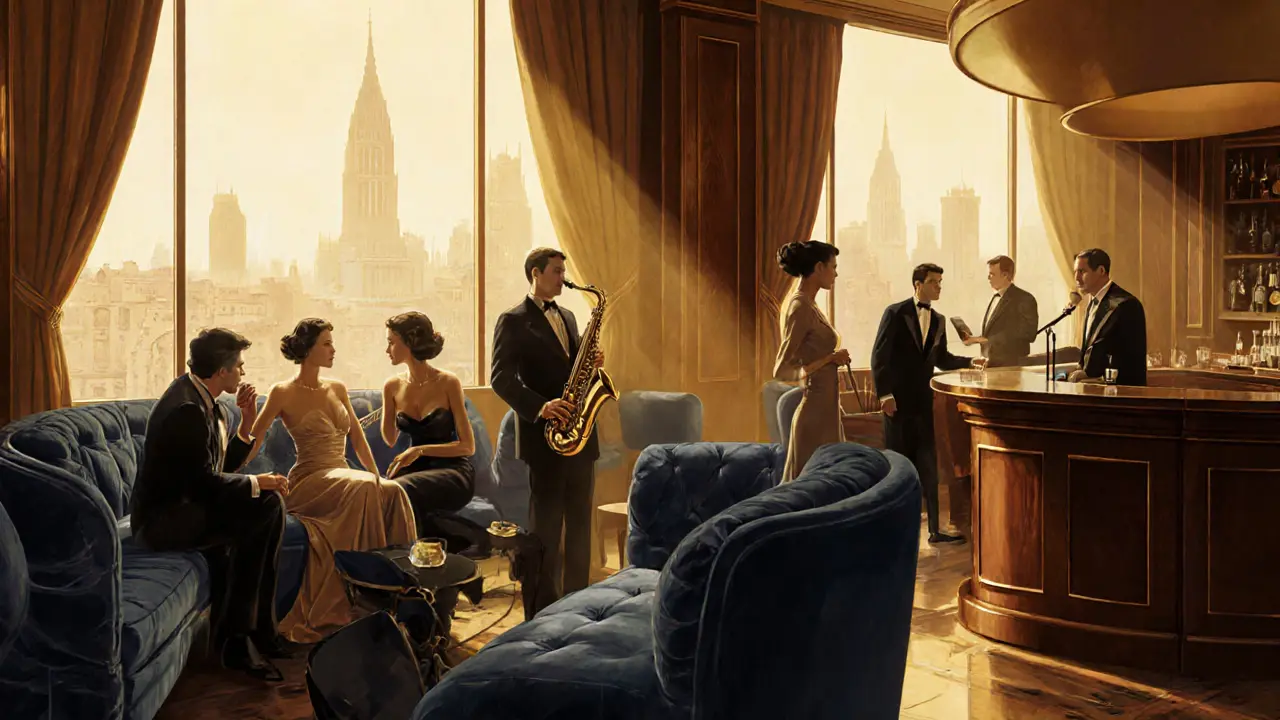
World WarII and the Post‑War Boom
The war years dramatically altered the landscape. Allied soldiers stationed in northern Italy frequented Milan’s nightclubs, creating a surge in demand for companionship that could blend social interaction with discretion. After 1945, the city’s reconstruction attracted diplomats, businessmen, and tourists, further fueling the market.
By the 1950s, the historic brothels began to close, replaced by upscale lounges in upscale hotels such as the Hotel Principe di Savoia. These venues catered to an elite clientele, offering a “luxury escort” experience that emphasized refinement over outright sexual services.
Modern Era: Digital Platforms and Luxury Services
The 2000s saw the explosion of internet‑based platforms. Websites like “Milan Elite Companions” used encrypted payment gateways and verified profiles, making it easier for high‑net‑worth clients to book discreet appointments.
Today, the city’s escort scene is heavily intertwined with its nightlife. Upscale clubs in Navigli and Porta Venezia often feature hostesses who double as independent escorts. The emphasis is on sophistication: fluency in multiple languages, knowledge of art, fashion, and business etiquette.
Key Milestones in Milan’s Escort Timeline
| Year | Event | Impact |
|---|---|---|
| 1885 | Licensed brothels proliferate in Via Moscova | Formalized the city’s first red‑light zones |
| 1930 | Fascist regulation of prostitution | Set legal boundaries that persist today |
| 1975 | Rise of private escort agencies | Shifted services from public houses to discreet bookings |
| 1945‑1950 | Post‑war influx of diplomats and businessmen | Expanded demand for upscale companionship |
| 1990 | Law 75/1990 criminalises exploitation | Forced many agencies to adopt stricter compliance |
| 2005‑2010 | Internet platforms emerge | Digital bookings become mainstream, increasing client anonymity |
| 2022‑2025 | AI‑driven vetting & exclusive membership clubs | Elevates service quality and safety for both parties |
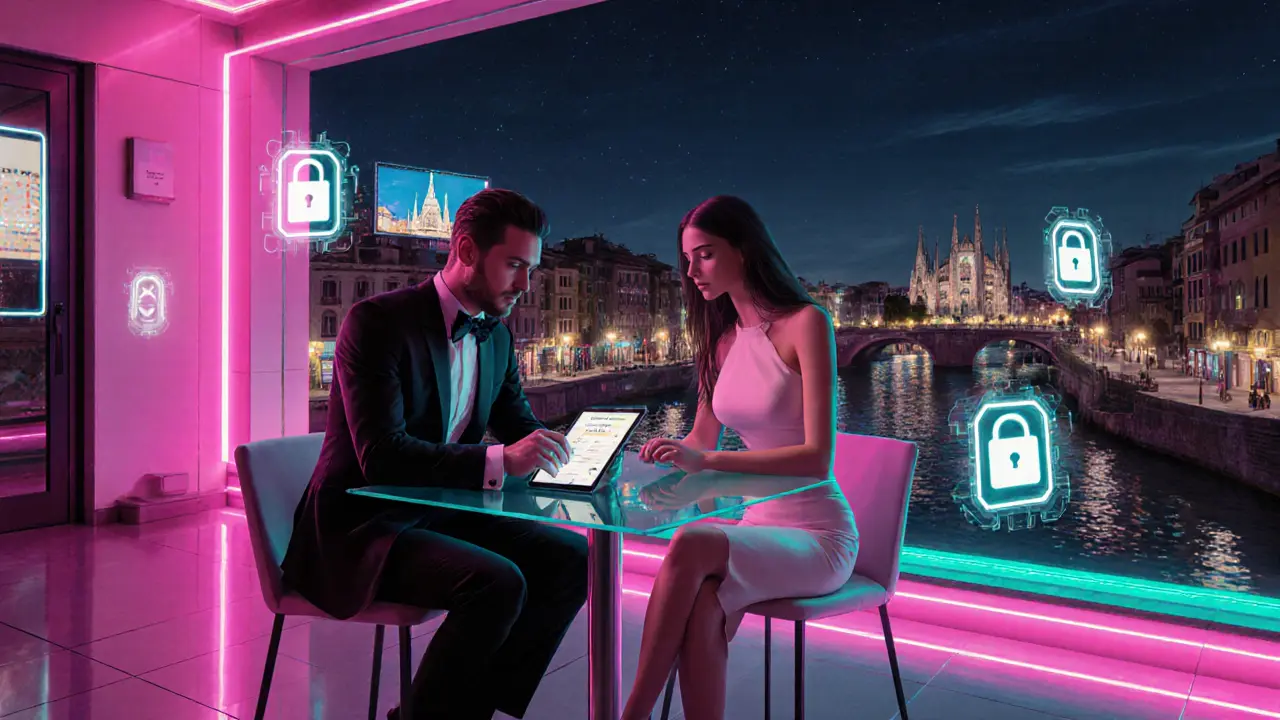
Common Misconceptions and Safety Tips
Many outsiders think the Milan escort market is either lawless or completely hidden. In reality, the industry operates in a gray zone-legal enough to accommodate adult entertainment venues, but still subject to police scrutiny.
Here are three practical tips for anyone navigating this scene:
- Verify credentials: Reputable agencies provide ID verification and clear consent policies.
- Choose neutral locations: Luxury hotel lobbies or upscale rooftop bars are preferred meeting spots.
- Respect privacy: Both client and escort benefit from discretion; avoid sharing personal details without consent.
Future Outlook: Technology, Regulation, and Cultural Shifts
Looking ahead, three forces will shape the next decade of Milan escorting:
- Technology - AI‑based background checks and encrypted messaging will become standard, reducing fraud.
- Regulation - Potential EU‑wide reforms could tighten licensing, pushing more services into formal hospitality sectors.
- Cultural attitudes - As Milan’s fashion scene embraces gender fluidity, escort services may broaden to include non‑binary and LGBTQ+ companions.
For travelers and locals alike, staying informed about these trends ensures a safer, more enjoyable experience.
Frequently Asked Questions
Is escorting legal in Milan?
Adult consensual escorting is not illegal per se, but Italian Law 75/1990 prohibits third‑party exploitation. Independent escorts who manage their own bookings are generally within the law, while agencies must adhere to strict compliance.
Where do most escorts meet clients in Milan?
High‑end hotels (e.g., Hotel Principe di Savoia), upscale rooftop bars in Navigli, and private members‑only clubs are the most common venues. Public streets are rarely used for professional appointments.
How has the internet changed escort booking?
Digital platforms introduced verified profiles, encrypted payments, and instant messaging, dramatically reducing the risk of scams and allowing clients to filter by language, specialization, and availability.
What safety measures should clients consider?
Choose reputable agencies, meet in public or hotel settings, avoid cash transactions when possible, and always discuss boundaries and consent beforehand.
Will upcoming EU regulations affect Milan’s escort scene?
Proposed EU directives aim to standardize sex‑work protections across member states. If passed, Milan could see stricter licensing for agencies and possibly mandatory health‑check registries, nudging many independent escorts toward hospitality partners.

